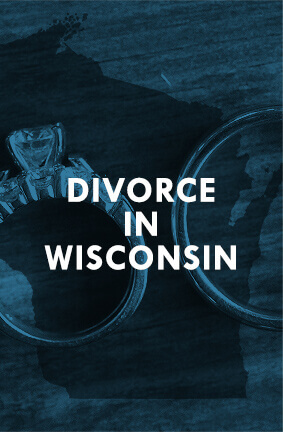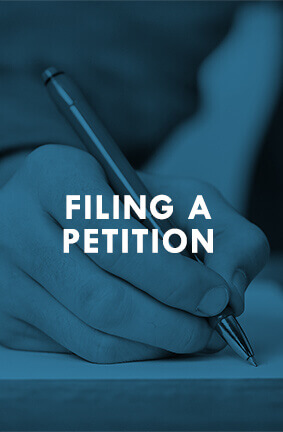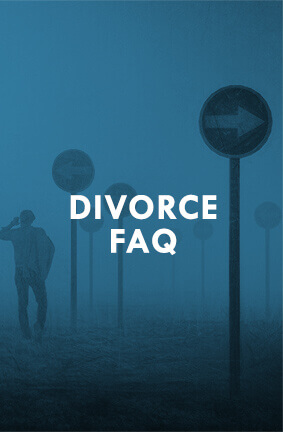A Wisconsin Attorney's Guide to the Divorce Process
Is Wisconsin a No-Fault State?
Wisconsin Law defines divorce as the dissolution of a marriage between married people. The state of Wisconsin follows no-fault divorce, meaning the two parties do not have to prove fault to begin the divorce process. Instead, either party must state under oath that there is an irretrievable breakdown of their marriage with no hope of reconciliation. Our Milwaukee Family Law attorneys have years of experience navigating the Wisconsin divorce process for the communities of Milwaukee, Glendale, Appleton, Brookfield, & Madison.
Uncontested vs. Contested Divorce in Wisconsin
Most people think of divorce as a vicious legal battle, but it doesn’t have to get ugly. In fact, many people come to an agreement that a divorce is what is best for them. If you both agree that you want a divorce, then you should have a discussion about the issues that face you with the divorce – i.e. child placement, support, division of assets and debt. If you come to an agreement on every issue in the divorce, then you can proceed with an uncontested divorce. This is more cost-effective than going to trial and contesting the placement of every asset. See also: How much does a divorce cost in Wisconsin?
Moving forward with an uncontested divorce can be a lot faster and less expensive for you, and can save you the stress of going to trial. To get started, you can file a joint petition for divorce. Once the case is filed, you will both have to file a financial disclosure statement that will identify all of your income, assets, expenses, and liabilities. Ultimately, you will need to reduce your agreements to writing in a document called a Marital Settlement Agreement. All this paperwork, and possibly any additional county-specific required forms, must be completed and filed in the proper court, which is typically the county in which you live.
Once you have completed all the paperwork and submitted it to the court, you will be given a court date at which you will both need to attend. There is a set of general questions that the court will ask each of you and then the judge will verify your understanding of your agreement. If there are no issues with your paperwork, the judge will sign the Findings of Fact Conclusions of Law and Judgment and your divorce will become final.
A contested divorce occurs when the two parties don't agree on all withstanding issues. The disagreements will either be resolved through mediation or taken to court and presented to a judge. The judge will issue the final hearing, which will resolve all withstanding issues.
Uncontested Divorce:
- Parties agree on all issues involving property distribution, debt, child custody, child placement & child support.
- File a stipulated agreement and proceed to a default divorce hearing.
- The judge will approve or alter the proposed stipulation agreement.
- Fewer issues to litigate make uncontested divorce less complicated.
Contested Divorce:
- One party files for divorce.
- The court gives temporary orders while the parties attempt to come to a resolution through mediation.
- Parties hire attorneys or self-represent (pro se divorce).
- More complicated and requires more time and effort.
Contact one of our experienced attorneys today to discuss your situation.
Collaborative Divorce May Also Be an Option
The collaborative divorce process is an alternative way to resolve your contested issues related to the divorce without fighting a lengthy legal battle in court. The process requires a commitment by both parties to be transparent and open-minded to negotiate and work together to reach a final settlement agreement.
In this process, both parties have to agree to participate, and both parties must hire an attorney who is trained in the collaborative process. Untrained attorneys will lack mediation skills needed to reach an amicable agreement between the parties. Once the parties have committed to the process and found an attorney, you will sign an agreement to engage in the collaborative process and avoid court.
The process involves a series of meetings with the attorneys and parties. Some couples only need a few meetings and some require several meetings over several months. It depends on the complexity of the divorce and the number of disputes. The first meeting is to review the collaborative divorce agreement and verify everyone’s commitment to the process. The attorneys then work through the disclosure of financial information and preparation of a joint financial disclosure statement, addressing child custody and placement, support, and division of property and debt. The goal of the meetings is to finalize a Marital Settlement Agreement.
The collaborative process can also involve a number of other professionals to resolve all disputes. Often times it is suggested that the parties hire a “coach.” The coach is a mental health professional hired to help deal with the emotional side of the divorce. If there are issues with a divorce involving children, the parties can hire a Child Consultant. If the divorce involves complex financial issues, the parties can hire a Financial Neutral, which is a single financial consultant trained in the collaborative process and hired to assist both parties on financial matters.
The most appealing advantage of the collaborative process is that your personal disputes with your spouse aren't settled by a judge who does not know much about the two of you. The collaborative process allows you and your spouse to be in control of all of the decisions and resolutions.
Divorce is difficult and can be messy. If you and your spouse are willing to commit to a process that is resolution-focused with a team of professionals ready to help you, then a collaborative divorce may be the right path for you.
When does a Legal Separation make sense?
Legal separation is a legal process similar to a divorce, but it’s different in important ways. After a legal separation has been finalized, the couple remains legally married but usually lives separately from each other with separate assets and specific placement time with their children.
In order to determine when a legal separation makes sense, it is important to understand the differences between legal separation and divorce.
Similarities of Legal Separation & Divorce
The court rules on the same issues, including:
- Division of assets
- Division of debts
- Child custody and placement schedules
- Both have a 120-day waiting period before they can be finalized by the court
Differences between Legal Separation & Divorce
- A legal separation can be filed after a person has been a resident of the state of Wisconsin for 30 days, rather than 6 months as is required for a divorce
- The parties are still legally married after a legal separation
- One party usually can stay on the other’s insurance
- The parties will only have to agree that the marriage is currently broken for the court to grant a legal separation, rather than irretrievably broken, and the parties are free to reconcile at any time
- Neither party can remarry after a legal separation, only after a divorce is finalized
Tips for Navigating the Legal Separation Process
- Become very familiar with your marital finances. This step can begin even before you file for legal separation in order to fully understand your financial situation.
- Begin the process of separating your finances. Cancel joint credit cards and establish credit cards in your own name to build individual credit. Keep a record of all financial documents related to marital debts, income, and property.
- Consult a family law attorney to help you draft the necessary legal documentation.
- Remember you are still legally married when legally separated, and you will have to go through the divorce process to begin a new marriage.
- Be conscientious of what you share on social media. Be careful not to overshare personal or financial details through the process.
- Avoid overspending on major unilateral purchases.
- Try your best to facilitate healthy relationships between any minor children and both respective parents.
Legal Separation FAQs
When should you consider a legal separation?
One of the most common reasons to opt for a legal separation over a divorce is if a divorce goes against a party’s religious or cultural views. For other people, allowing one party to maintain health insurance is critical because of costs and ongoing health issues.
An often overlooked reason to opt for legal separation is how quickly it can be filed after establishing residency in Wisconsin. While a person must live in Wisconsin for 6 months to file for divorce, legal separation only requires a party to live in Wisconsin for 30 days. Since a legal separation addresses similar issues as a divorce, a party is able to begin negotiation of the division of assets, set up a placement schedule for the kids and move forward with living separate lives. Once the person has been in Wisconsin for 6 months, the legal separation can be converted into a divorce.
If you think a legal separation could be right for you, contact Divergent Family Law to discuss your best options.
What are the benefits of legal separation?
Compared to divorce, legal separation provides a much simpler path back to married status for couples who feel there might still be a possibility of reconciliation. It also helps parties begin the process of financially separating from one another while allowing the parties to maintain many of the financial benefits of marriage.
- Health Insurance – Legal separation usually allows a spouse to stay on their spouse’s health insurance plan as they were covered during their marriage. However, some insurance companies may stop covering a legally separated spouse, so always read the fine print of your specific plan.
- Taxes – In many instances, the option to file joint taxes presents a savings opportunity to both parties. If the parties are amicable, legally separated parties are still able to file taxes jointly.
- Spousal Military and Social Security Benefits – Military and social security benefits are available to a spouse after 10 years of marriage, and any time spent legally separated counts towards this timeframe. Couples who have been married for 7-8 years may choose to legally separate until they reach the 10-year mark before filing for divorce to secure those benefits.
Do I need to be physically separated from my spouse to file for legal separation?
No – though many couples do choose to physically separate before filing for legal separation, physical separation is not a requirement. In cases where financial disagreements are a barrier to physical separation, a legal separation can be a tool to possibly conclude the disagreements and provide a viable path to physical separation.
If my spouse and I reconcile, can we end our legal separation?
Yes – ending a legal separation is relatively simple but requires both parties to agree.
After obtaining a copy of your original Order of Separation, you and your spouse will:
- Prepare a Motion to Vacate the Order of Legal Separation
- Prepare an Order to Vacate the Order of Legal Separation
Your attorney will help you draft this paperwork. Once the paperwork is finalized, it will be filed, along with your original Order of Separation and the required filing fee, in the same county where the legal separation was initially filed.
Is it possible to convert a legal separation to a divorce?
Yes – but the process varies depending on whether both parties want the divorce.
If you and your spouse agree, you can file a joint stipulation. This makes the process much simpler and typically does not require additional wait times.
If one party wants to convert the legal separation to a divorce, and the other does not, the party who wants to convert may file a petition for conversion. This option may only be pursued after the legal separation has been granted for at least one year.
Is there a maximum amount of time my spouse and I can remain legally separated?
The State of Wisconsin does not provide an upper limit on how long you and your spouse can maintain the status of legal separation. Wisconsin does provide a minimum time period, at least one year from the granting of a legal separation, before one party can unilaterally petition for divorce.
 Trisha Festerling
Divorce Attorney
Trisha Festerling
Divorce Attorney
 Corey Montiho
Divorce Attorney
Corey Montiho
Divorce Attorney
 Jeremy Chavez
Divorce & Criminal Defense Attorney
Jeremy Chavez
Divorce & Criminal Defense Attorney
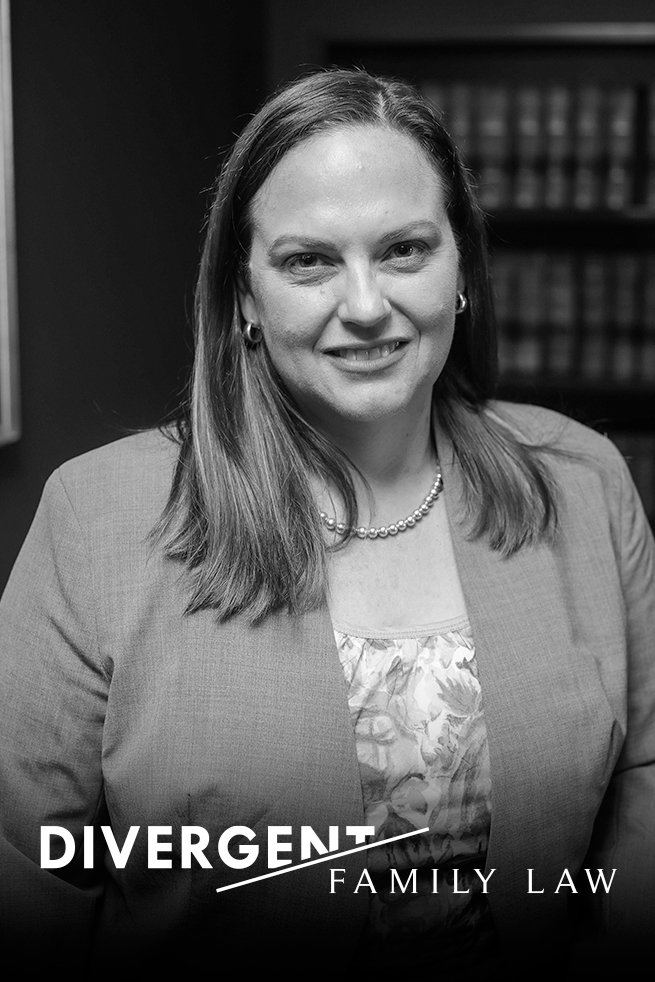 Stephannie Guzy
Divorce & Criminal Defense Attorney
Stephannie Guzy
Divorce & Criminal Defense Attorney
 Madeline Schlederer
Divorce Attorney
Madeline Schlederer
Divorce Attorney
 Chase Cripe
Divorce Attorney
Chase Cripe
Divorce Attorney
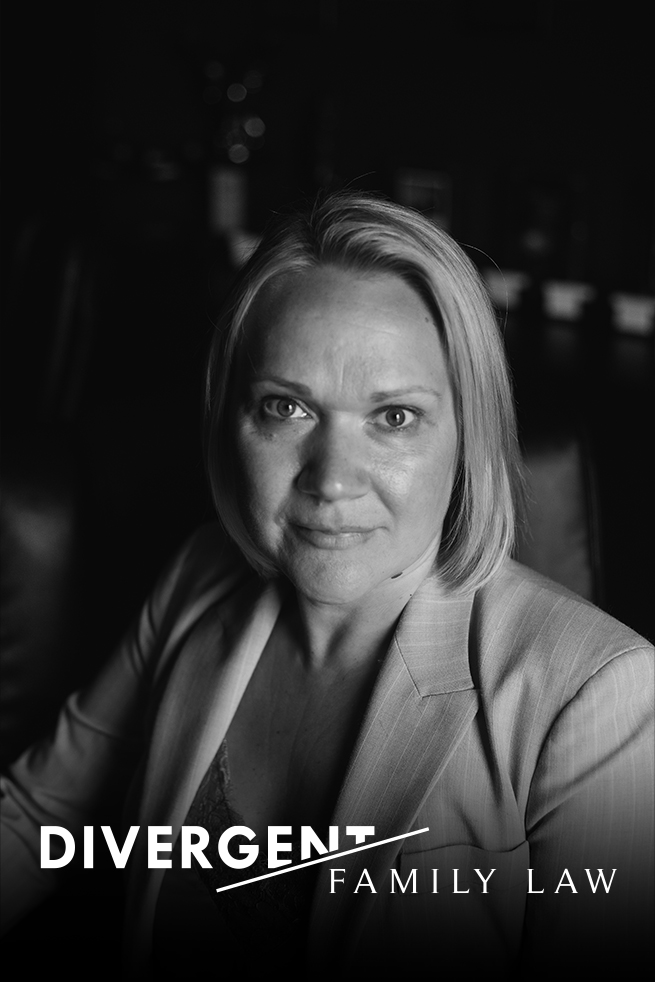 Genelle Johnson
Divorce Attorney
Genelle Johnson
Divorce Attorney
 Hannah Smet
Divorce Attorney
Hannah Smet
Divorce Attorney
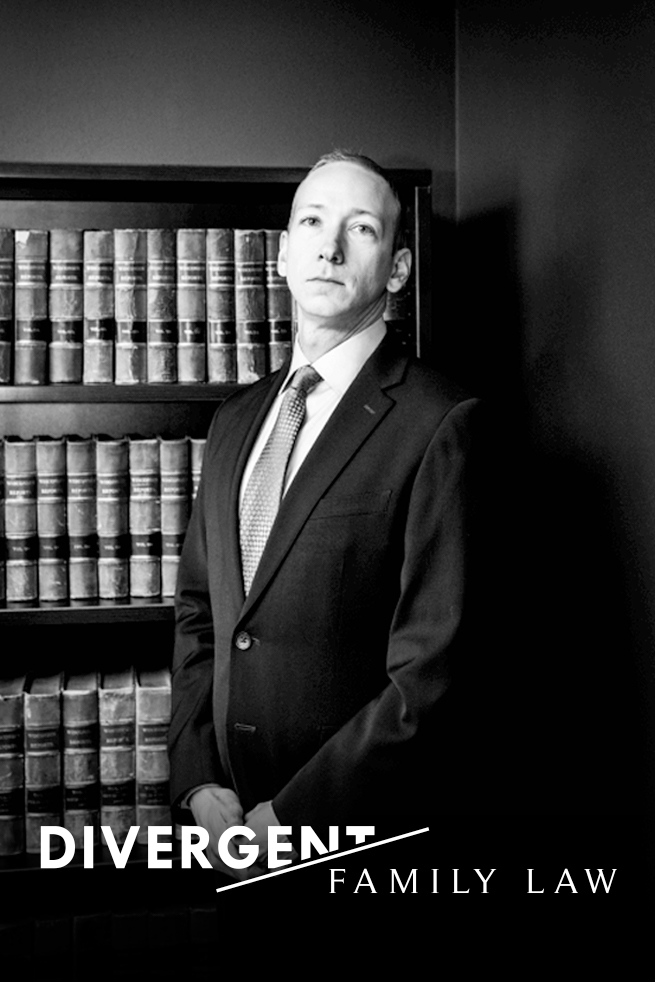 Joseph Kennedy
Divorce & Criminal Defense Attorney
Joseph Kennedy
Divorce & Criminal Defense Attorney
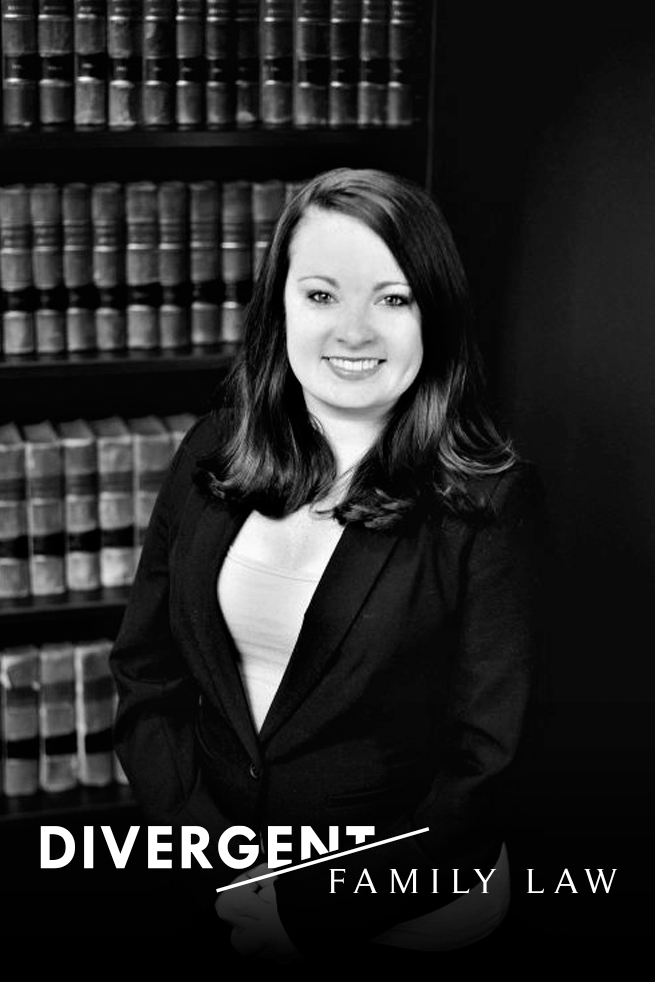 Kaitlin Grasswick
Divorce Attorney
Kaitlin Grasswick
Divorce Attorney
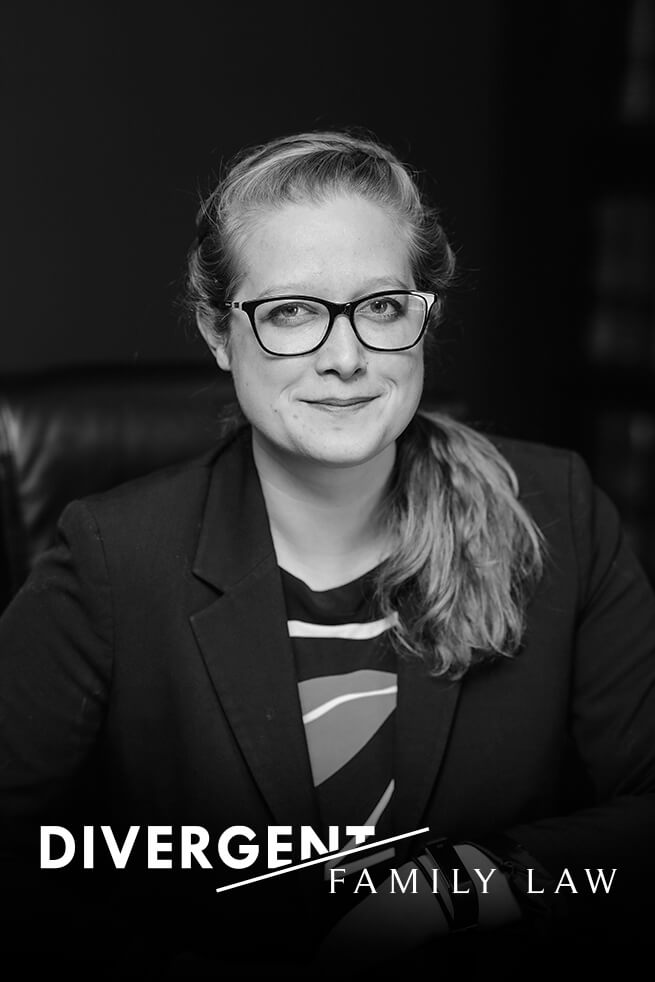 Kira Visser
Divorce & Criminal Defense Attorney
Kira Visser
Divorce & Criminal Defense Attorney
 Tom Grieve
Divorce & Criminal Defense Attorney
Tom Grieve
Divorce & Criminal Defense Attorney
 Adam J. Kachelski
Divorce & Criminal Defense Attorney
Adam J. Kachelski
Divorce & Criminal Defense Attorney



